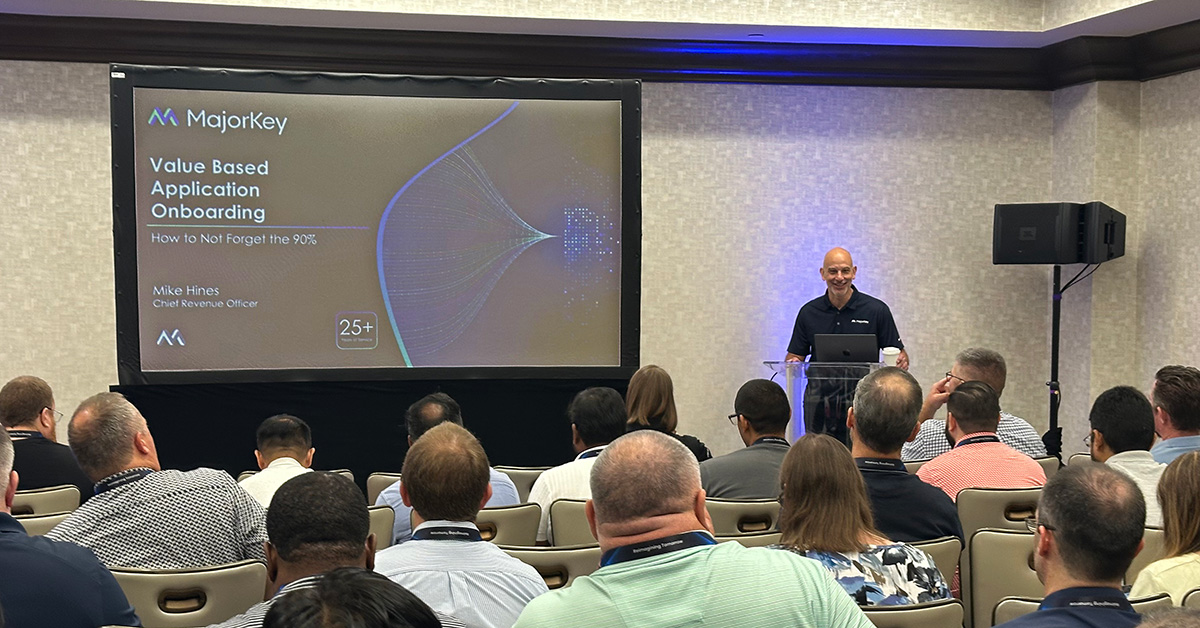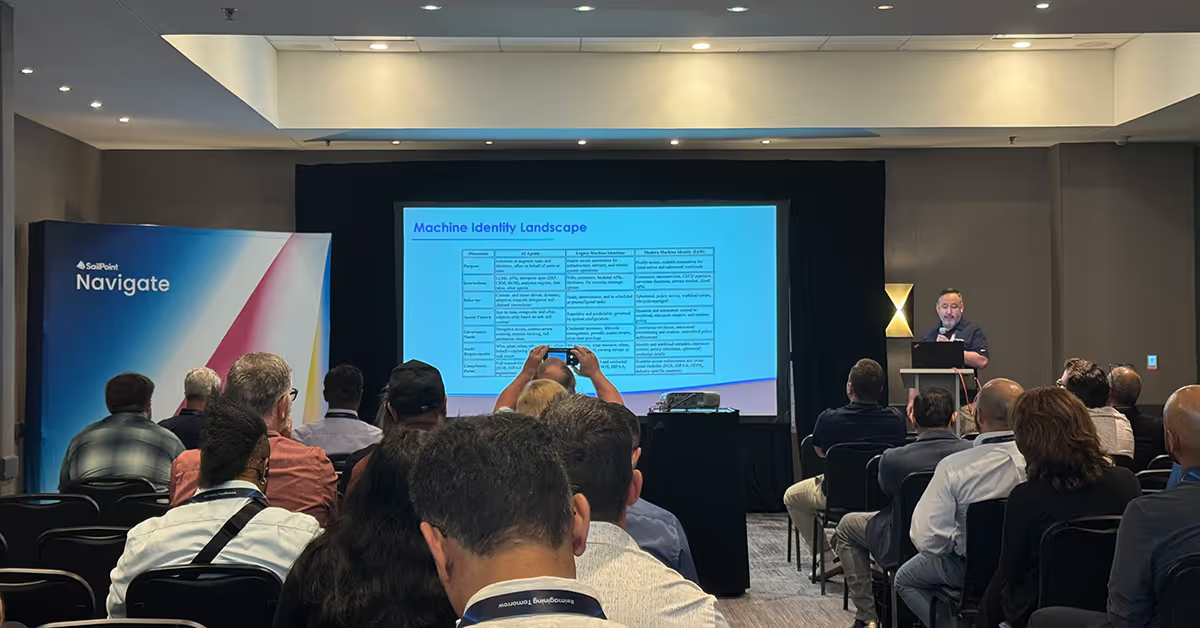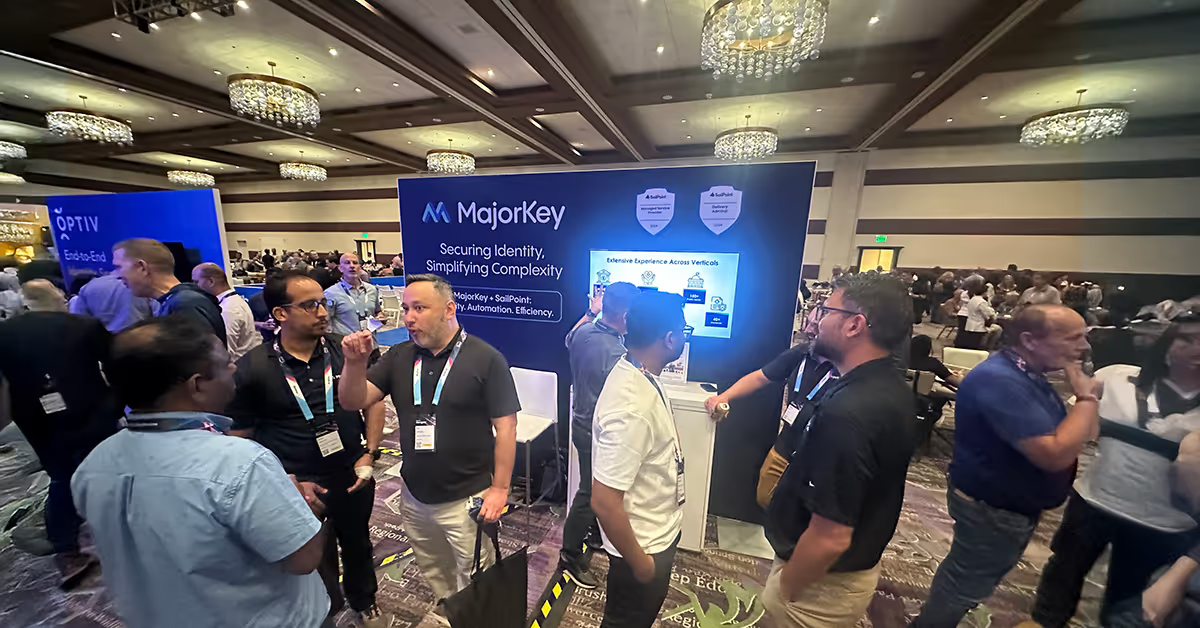The IAM Implementation Process: A Step-by-Step Guide
February 13, 2024
|
Duration:
5
min READ

Implementing an Identity and Access Management (IAM) solution is a complex but critical process for ensuring secure and efficient access to organizational resources. From project planning to post-implementation, here is a step-by-step guide to implementing an IAM solution.
Step 1: Project Initiation and Planning
During this first stage, the objective is to establish a solid foundation for the implementation project. Here is what needs to be accomplished during this stage:
- Project Team Formation: Assemble a cross-functional team including IT, information security, HR, and business unit representatives.
- Define Project Scope and Objectives: Clearly outline what the IAM implementation will entail and what it aims to achieve.
- Develop a Project Plan: Create a comprehensive plan detailing timelines, milestones, resource allocation, and responsibilities.
- Communication Plan: Develop a plan to keep all stakeholders informed throughout the project.
Step 2: Requirements Gathering and Analysis
At this stage, the objective is to understand and document your organization’s specific requirements. Elements of this step include:
- Stakeholder Interviews: Conduct interviews with various stakeholders to understand their needs and expectations.
- Requirement Documentation: Document all functional and non-functional requirements, including compliance needs.
- Analysis of Current Systems: Assess current identity and access management practices and infrastructure.
- Gap Analysis: Identify gaps between current capabilities and desired outcomes.
Step 3: Solution Design and Architecture
The objective is to design an IAM architecture that is custom tailored to your organization. Here is what needs to be accomplished:
- Technical Design: Outline the technical architecture of the IAM solution, including integration with existing systems.
- Security Design: Ensure the design meets all security requirements, including data protection and encryption standards.
- User Experience Design: Plan for user interfaces and workflows that enhance user experience.
- Disaster Recovery and Business Continuity: Include strategies for data backup, system recovery, and business continuity.
Step 4: Development and Configuration
Following the solution design and architecture, it’s time to set up and customize the IAM solution. Here’s what you’ll need to do:
- Software Installation: Install the IAM software on the appropriate infrastructure.
- Customization and Configuration: Customize the solution to meet specific organizational requirements, aligning with the gathered requirements.
- Integration: Integrate the IAM solution with other enterprise systems, like HR databases, email systems, and network directories. Depending on the volume of required integrations, some will likely have to wait until post-integration.
Step 5: Migration Strategy
The objective of this stage is to plan and execute the migration of all identities and credentials. Here is what will need to be accomplished:
- Data Preparation: Cleanse and prepare existing identity data for migration.
- Test Migration: Conduct a test migration and validate data integrity.
- Phased Migration: Implement a phased approach to migrating users and credentials to minimize disruptions.
Step 6: Testing and Validation
During step six, validate the system and ensure everything is working smoothly. Here are the various testing requirements:
- Functional Testing: Test the system for all defined requirements to ensure it functions correctly.
- Security Testing: Conduct thorough security assessments, including vulnerability scanning and penetration testing.
- User Acceptance Testing (UAT): Involve end-users to validate the system in real-world scenarios.
- Performance Testing: Test the system under various loads to ensure performance standards are met.
Step 7: Training and Documentation
Before the IAM platform can go fully live, it’s time to educate users and administrators on the new platform. This stage includes:
- Training Material Development: Develop comprehensive user guides, FAQs, and training materials.
- Training Sessions: Conduct training for administrators, IT staff, and end-users.
- Documentation: Provide detailed documentation for system maintenance, user manuals, and policy guidelines.
Step 8: Deployment
Now it’s time to roll out the IAM solution organization-wide. Here’s what you’ll need to do:
- Go-Live Strategy: Develop a strategy for going live, which may include a phased or big-bang approach.
- A phased approach deploys functionality in smaller stages, results in multiple go-lives, and faster time to usage.
- A big-bang approach deploys all functionality at the completion of the defined requirements and resorts in a longer time for users to use the IAM solution, but only requires a single go-live.
- Deployment: Implement the IAM solution across the organization according to the strategy.
- Monitoring: Closely monitor the system for any issues during initial deployment.
Step 9: Post-Implementation Review and Optimization
This is the last step of the implementation. The objective now is to assess the implementation and make any necessary adjustments. Here is what needs to be accomplished during this stage:
- Gather Feedback: Collect feedback from users and stakeholders on the system’s performance and usability.
- Review Against Objectives: Evaluate whether the implementation meets the defined objectives.
- Optimization: Make adjustments and improvements based on feedback and performance data.
Final Thoughts
Successfully implementing an IAM solution requires careful planning, execution, and ongoing management. This guide provides a framework for organizations to navigate this complex process. Regular review and optimization post-implementation are crucial for ensuring the IAM system continues to meet evolving organizational needs and security standards.
Authors

No items found.
No items found.
No items found.
.svg)



















.svg)
